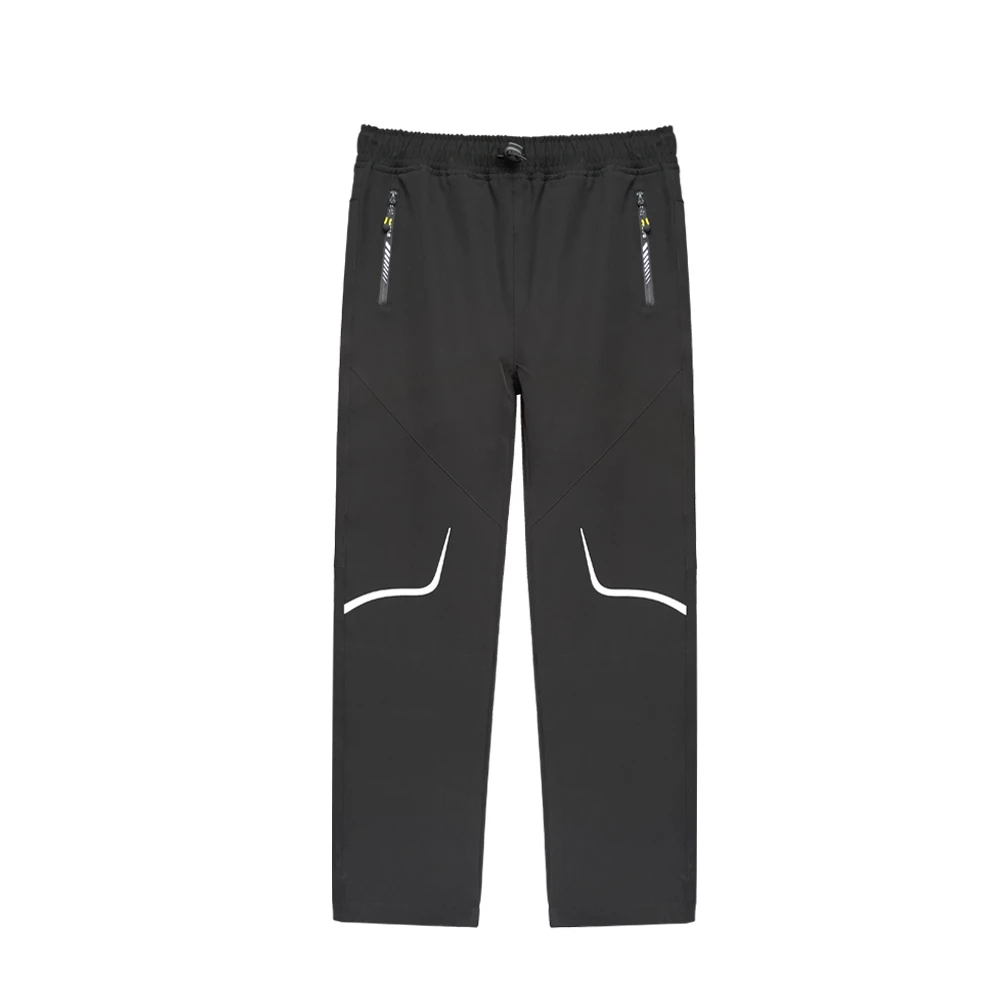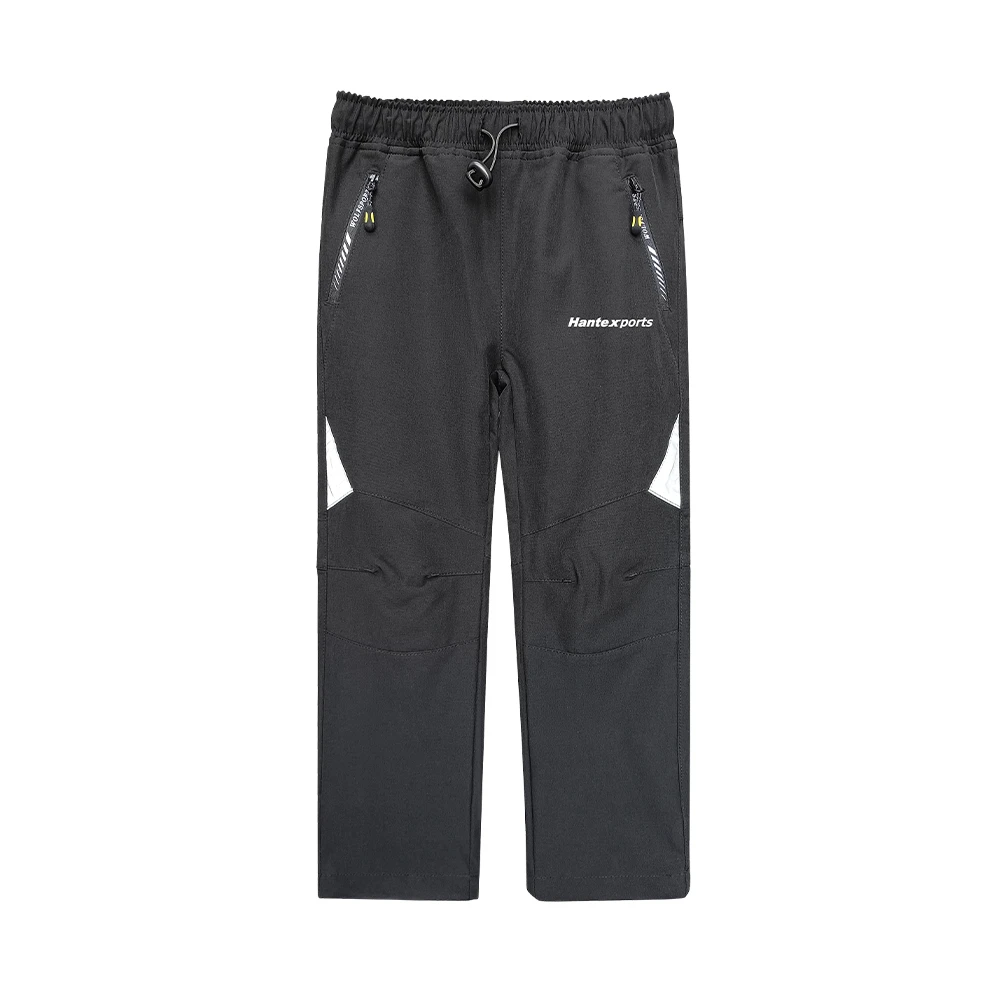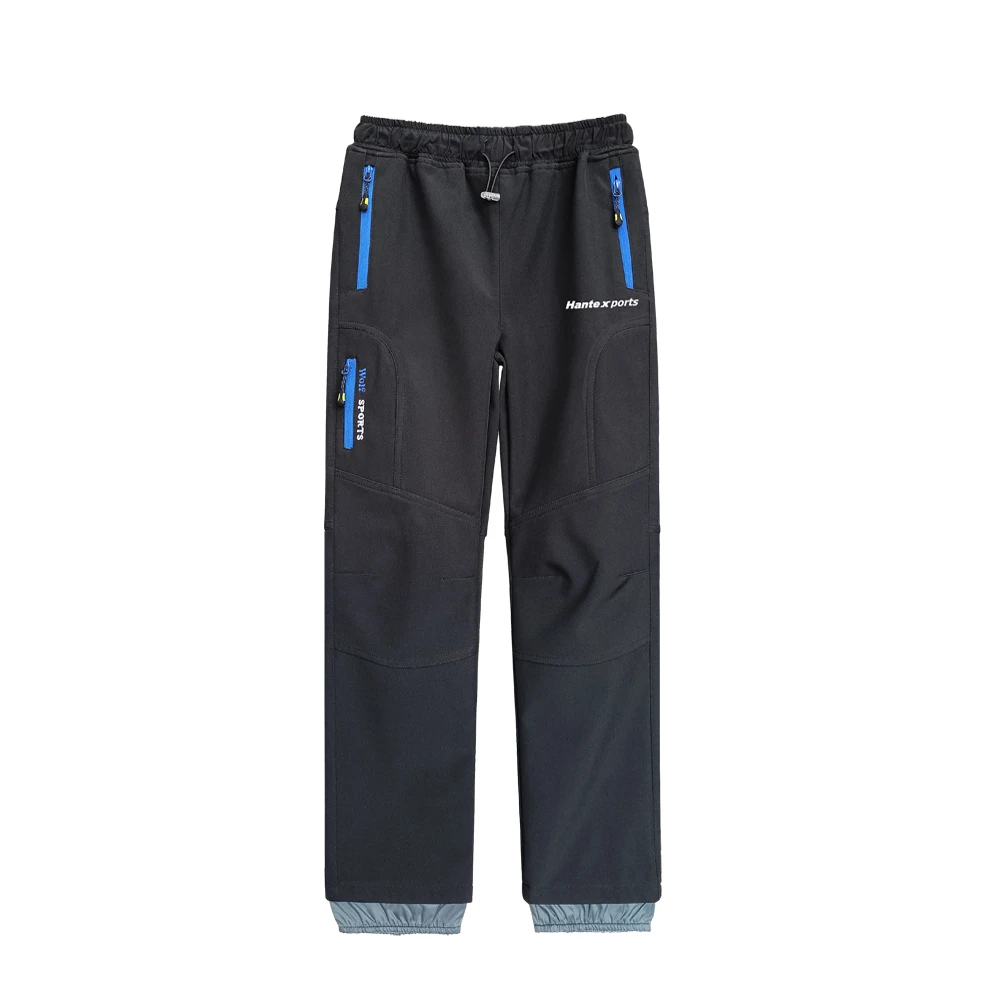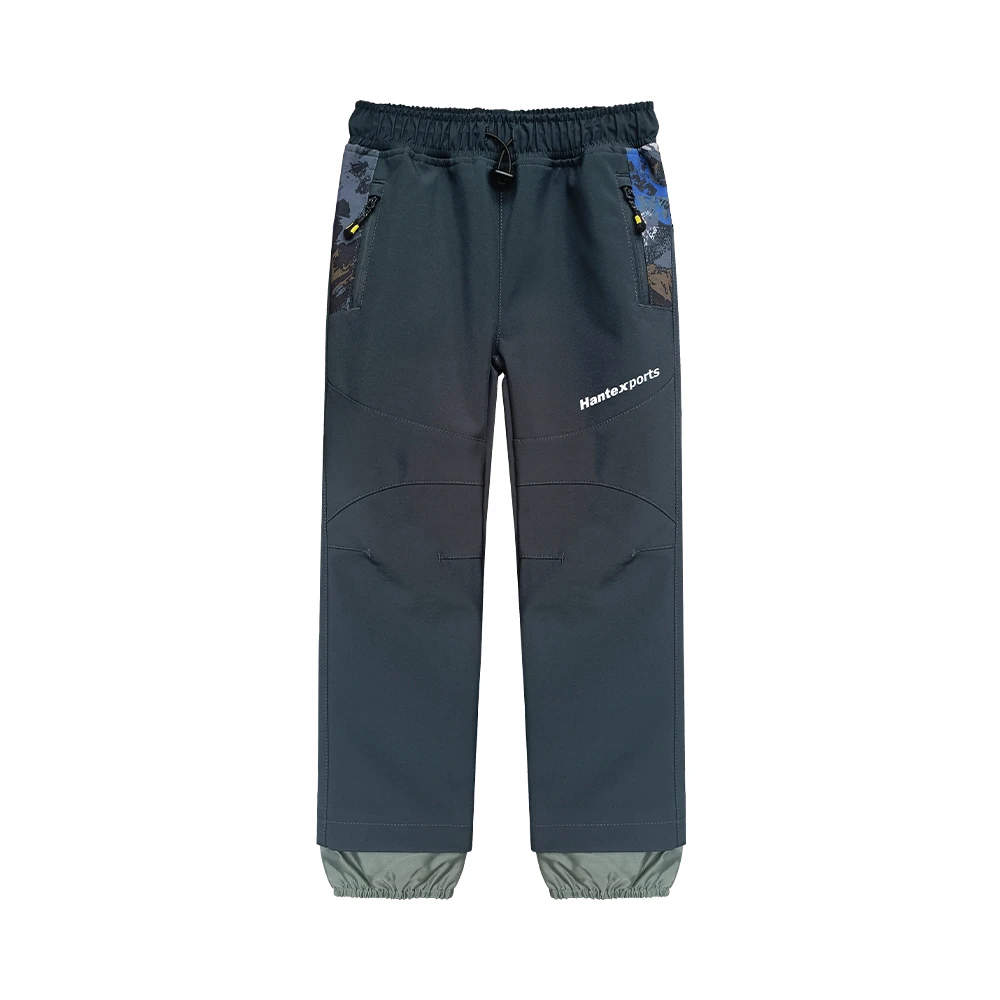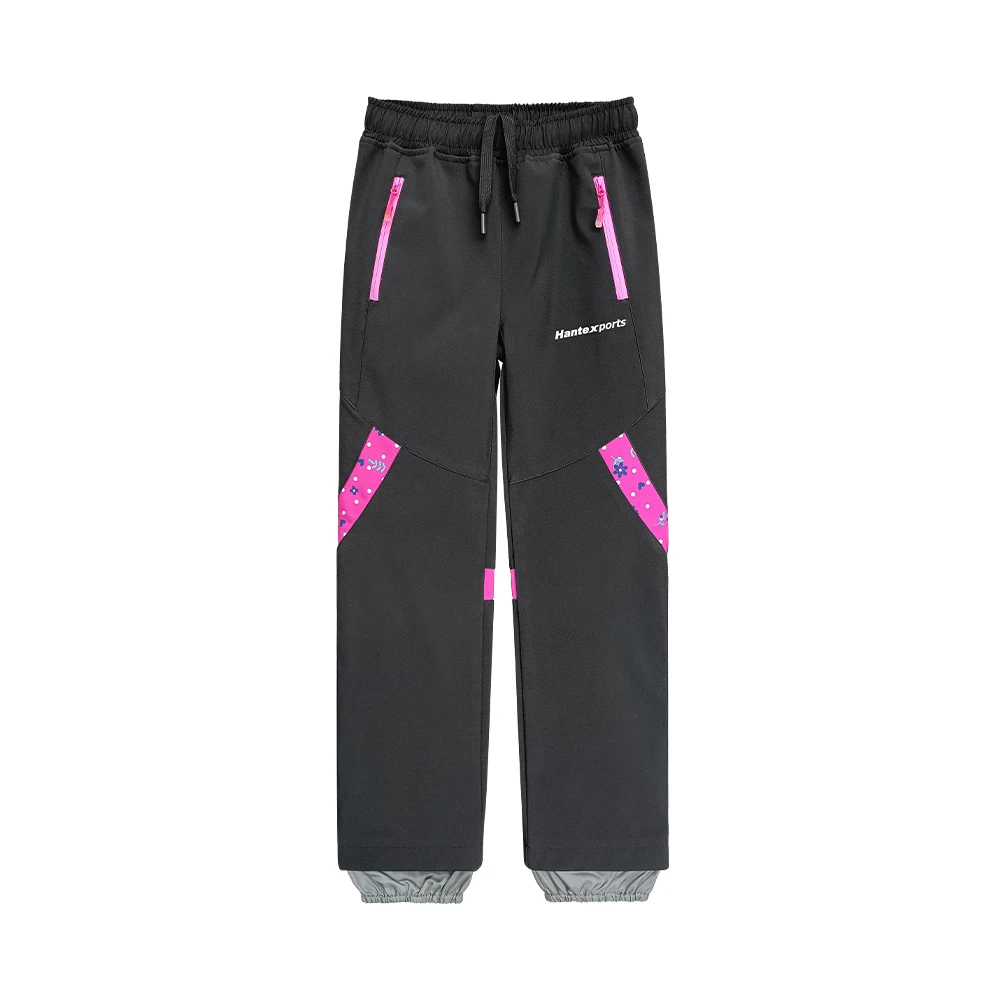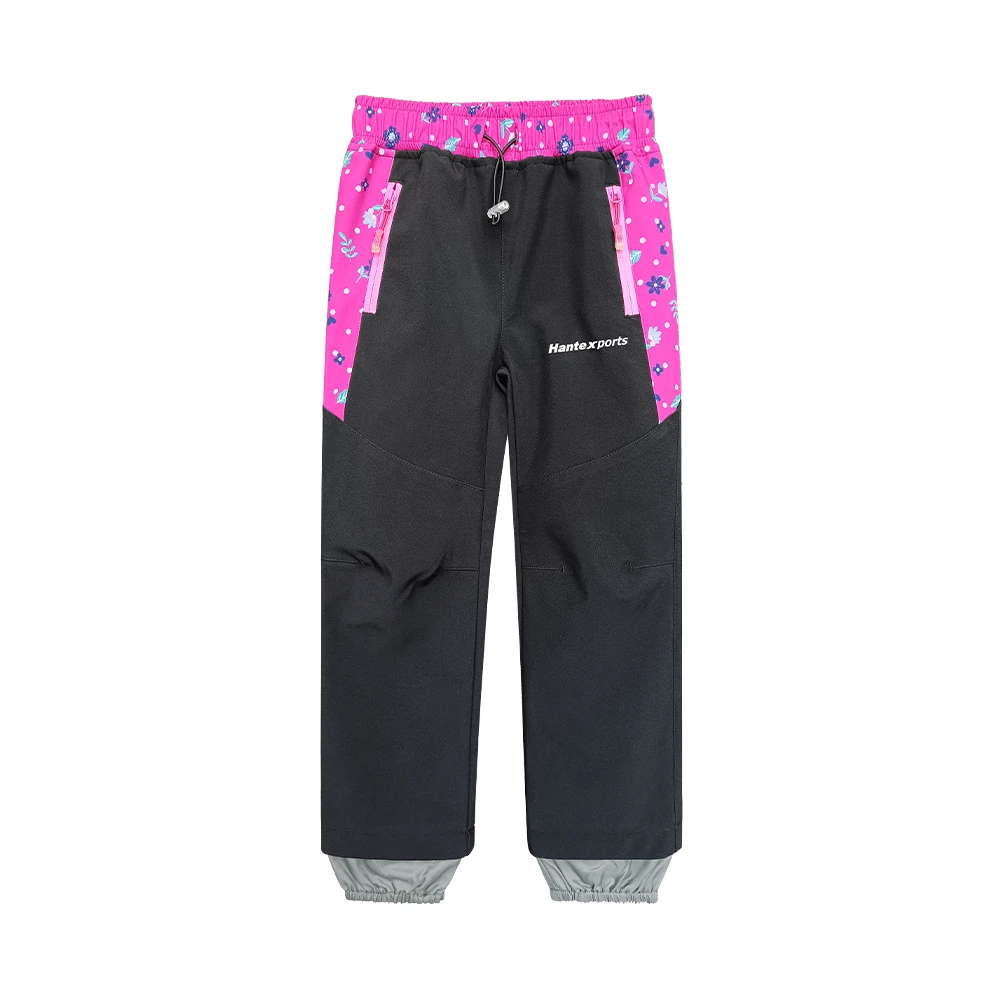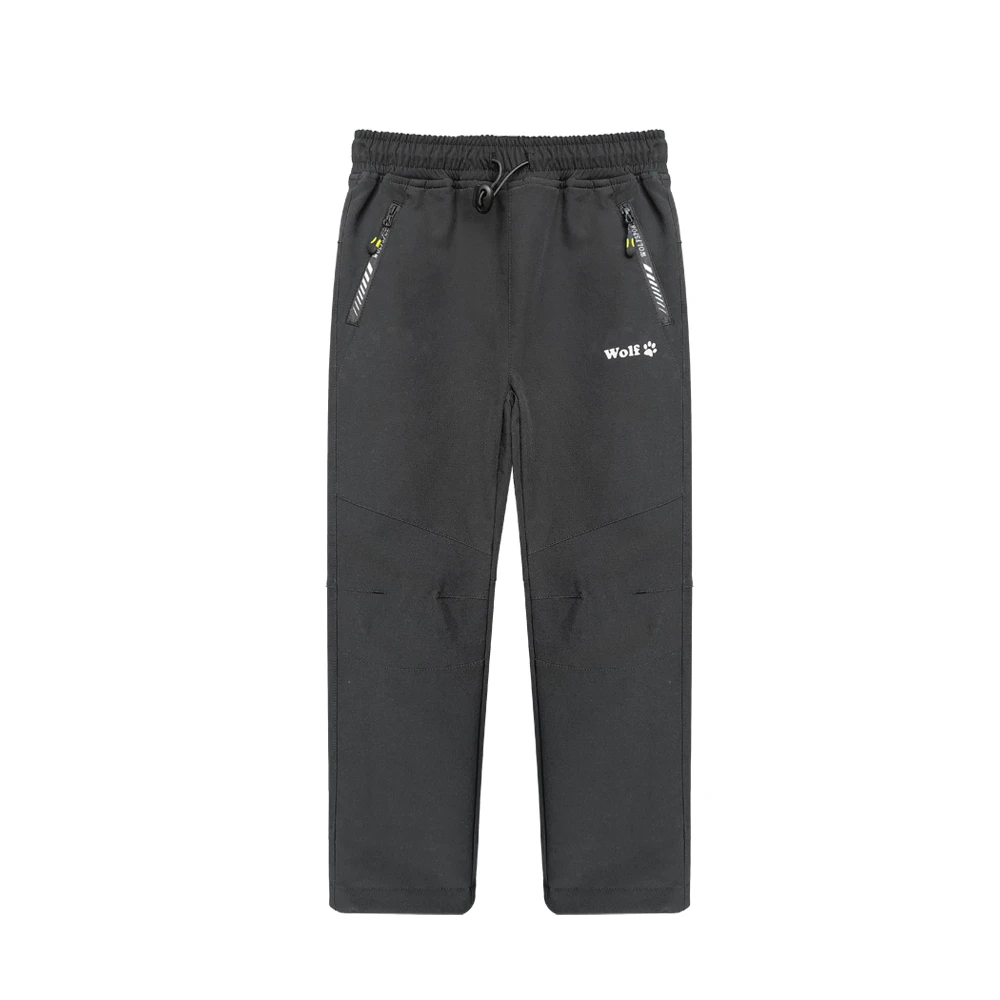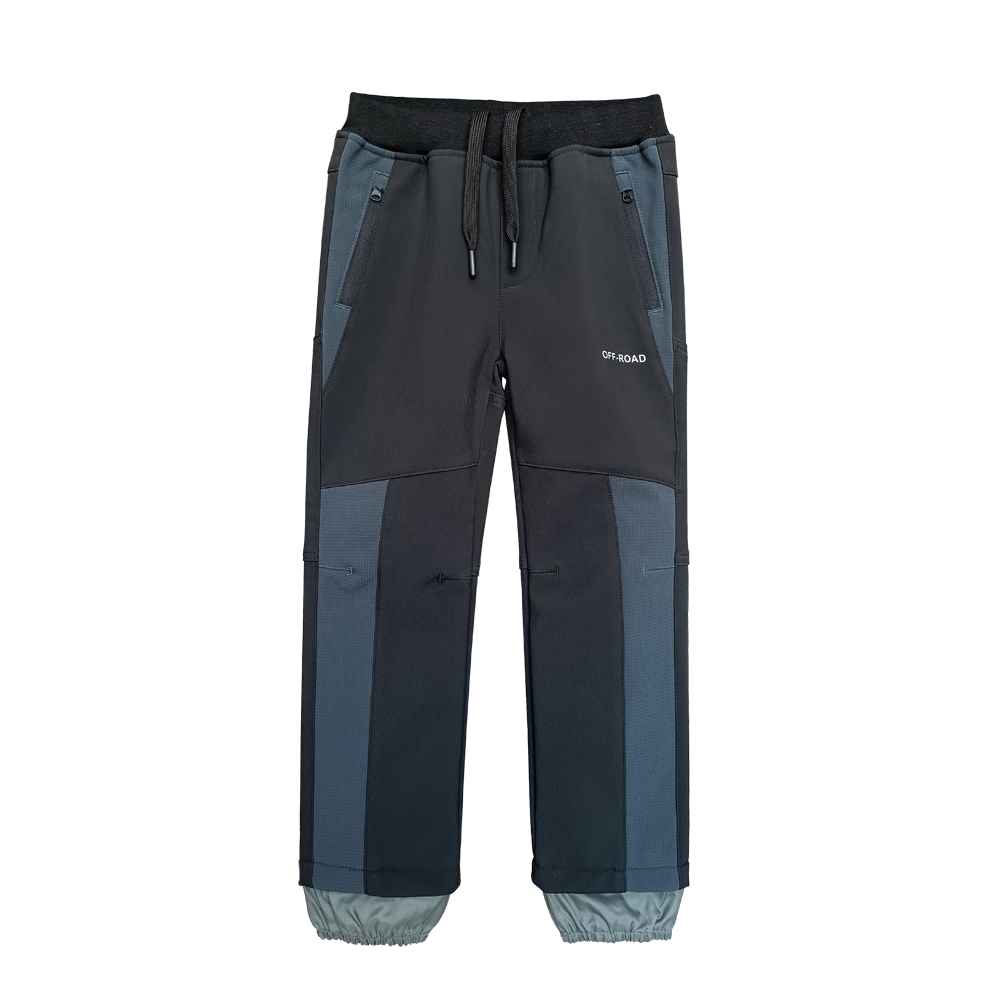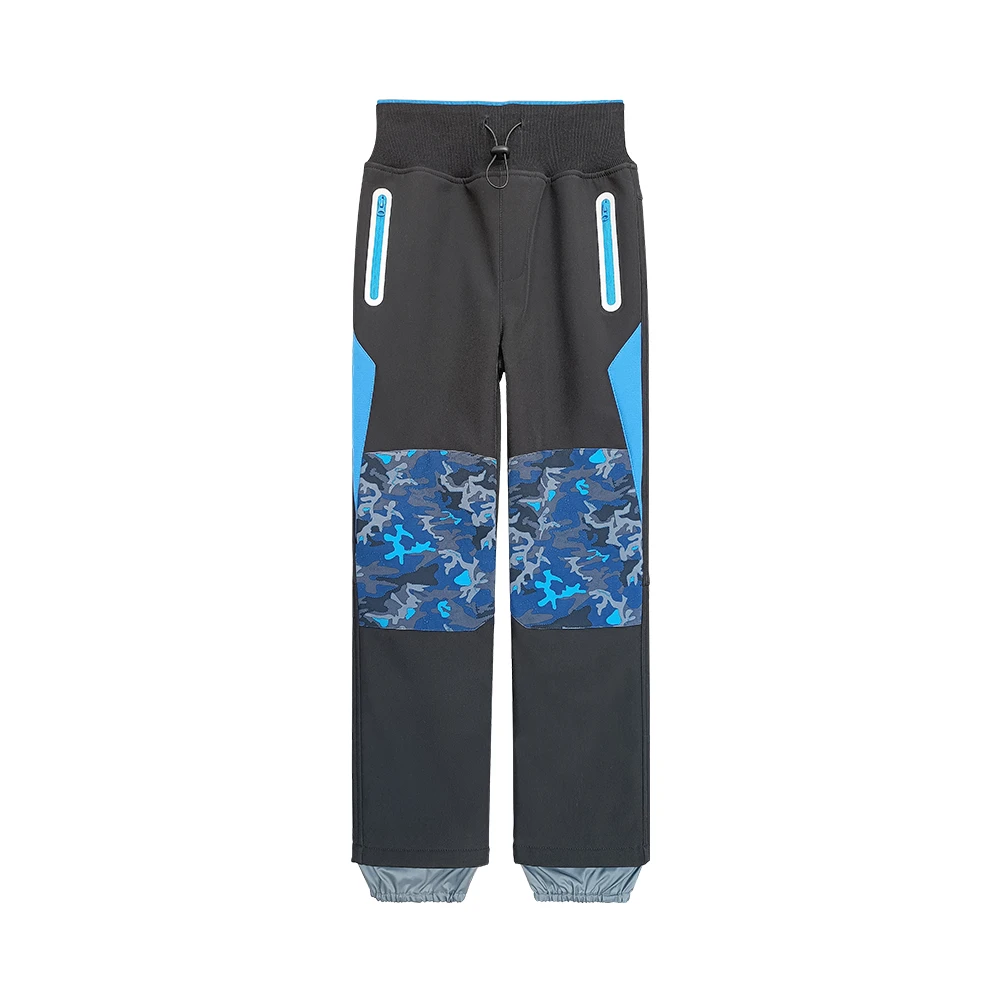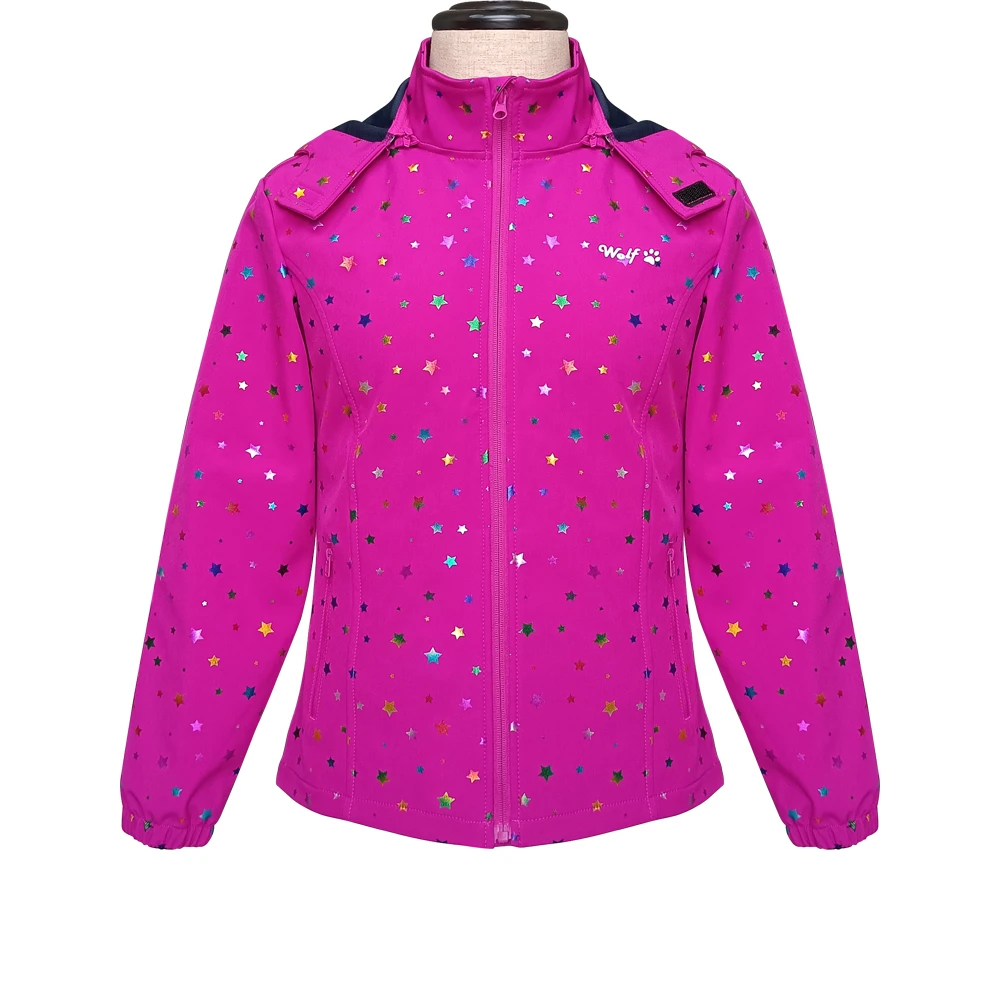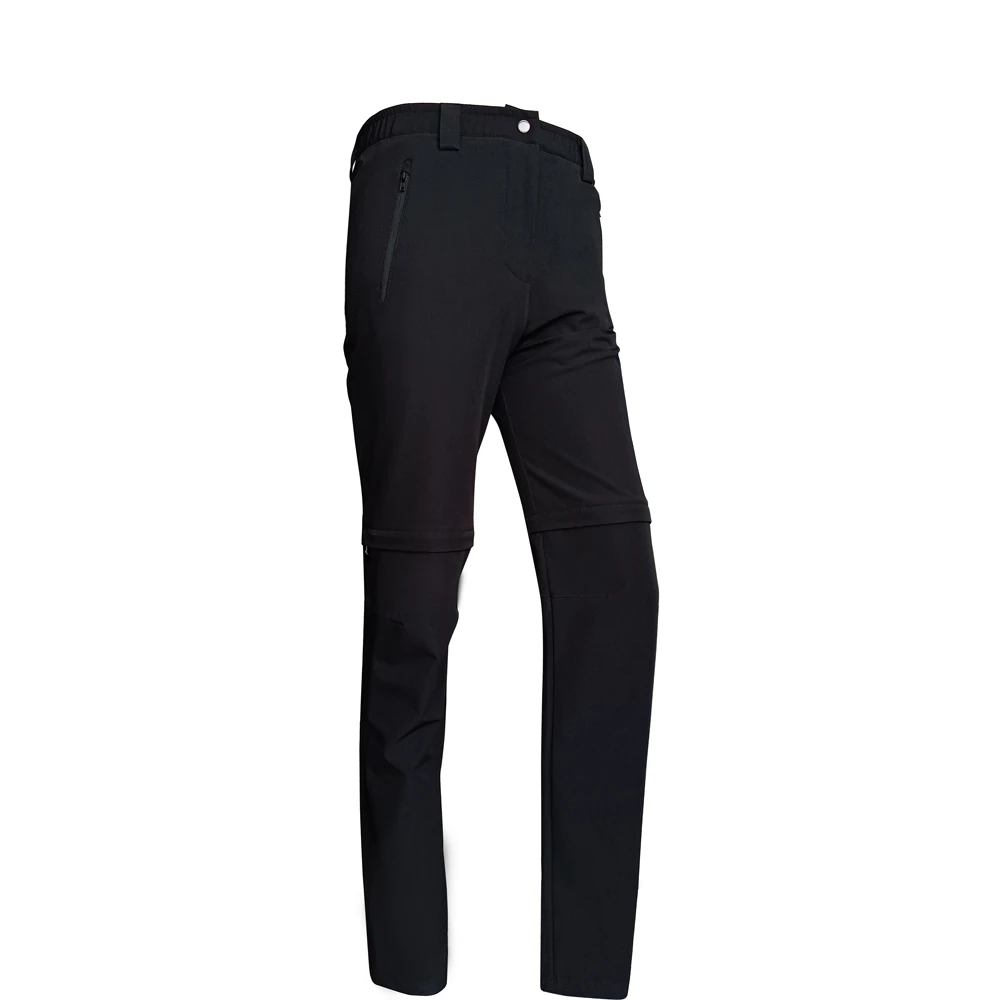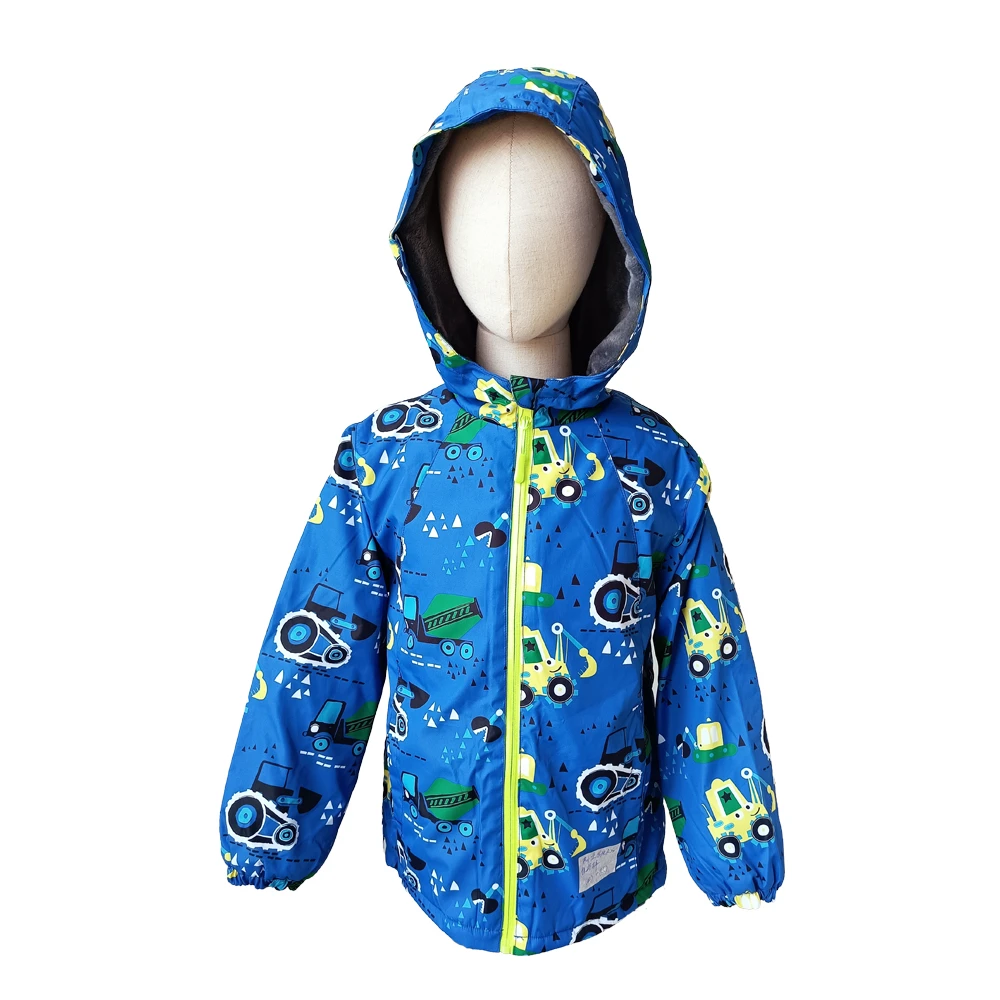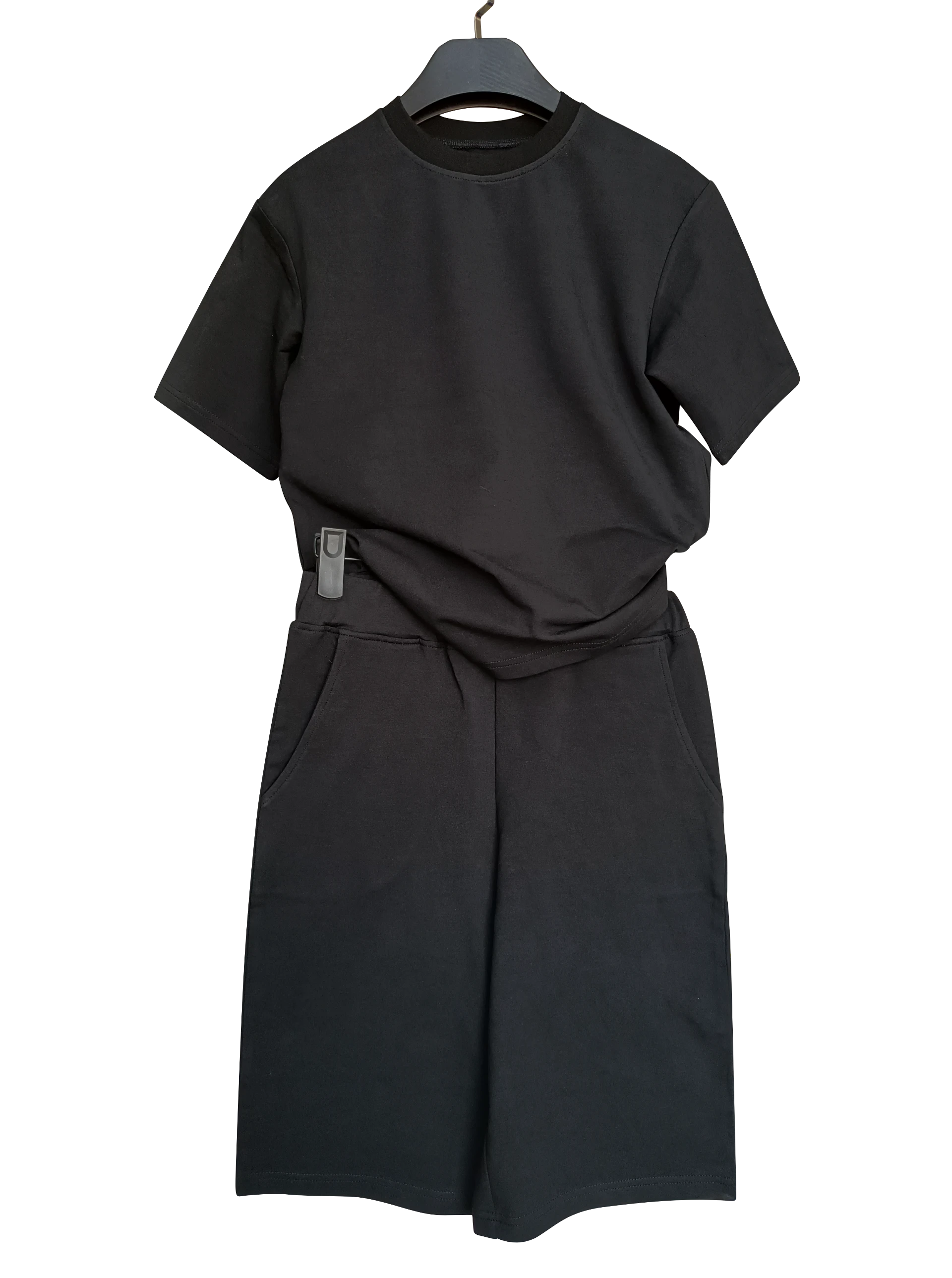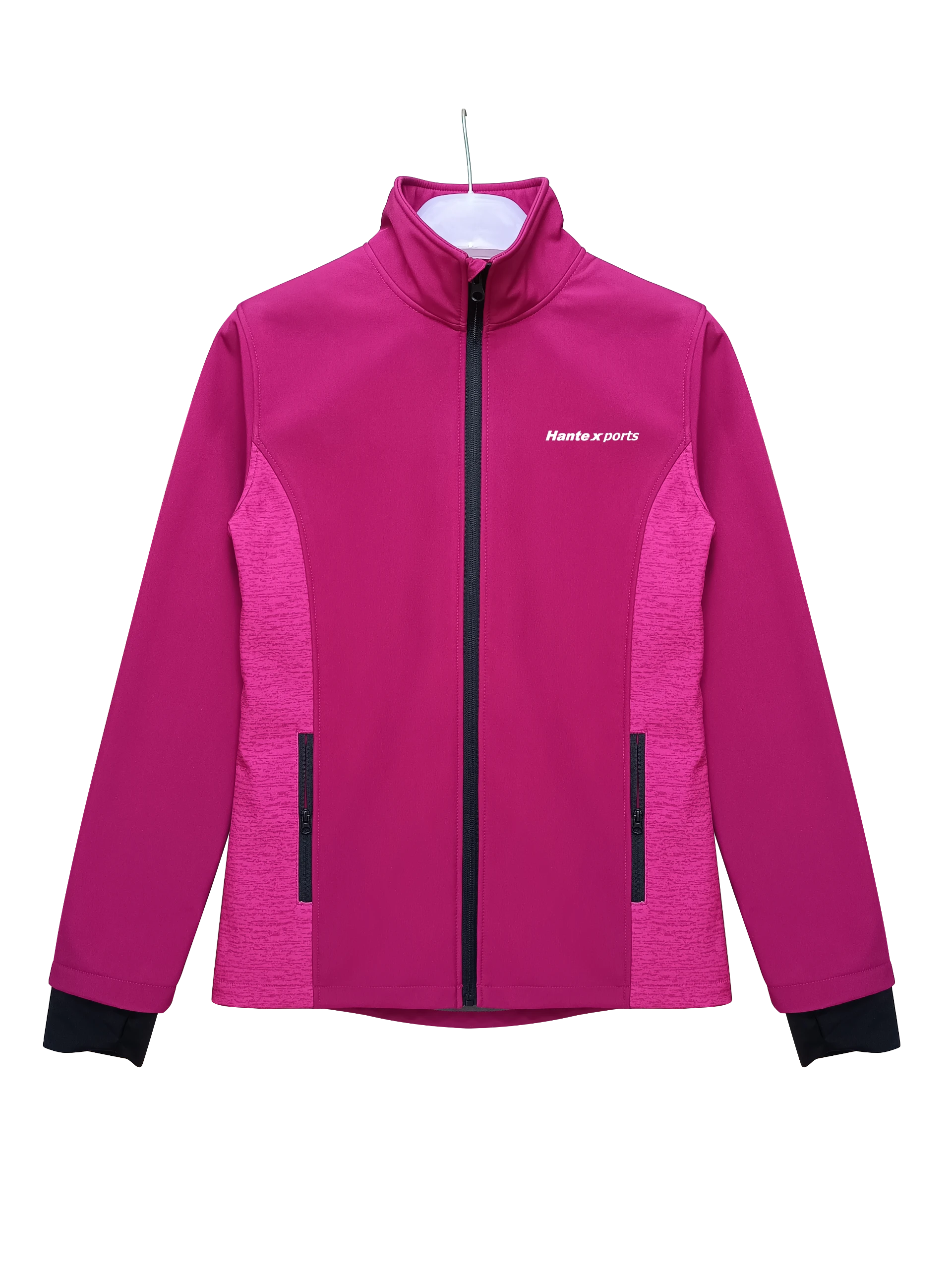Are Down Jackets Warm?
When it comes to winter outerwear, few garments offer the level of warmth and comfort that a down jacket provides. With their soft, fluffy insulation that can come from ducks or geese, down jackets have become a staple for those looking to brave the cold. However, the question remains are down jackets really as warm as they claim to be? Let's dive deeper into the science behind down insulation and understand why these jackets are often a top choice for winter wear.
What is Down?
Down is the fluffy layer found beneath the feathers of ducks and geese. It serves as an insulating layer for these birds, helping them to maintain their body heat in frigid temperatures. The unique structure of down clusters — consisting of many small filaments that trap air — provides exceptional thermal insulation while remaining lightweight. This characteristic makes down a preferred material for winter clothing.
Warmth-to-Weight Ratio
One of the most remarkable features of down insulation is its warmth-to-weight ratio. A high-quality down jacket can provide significant warmth without the bulk associated with other insulation types. This is due to down’s ability to trap warm air close to the body while allowing moisture to escape. Many outdoor enthusiasts and travelers appreciate this aspect, as it allows for easier packing and greater mobility.
Fill Power
The effectiveness of a down jacket is often measured by its fill power, which refers to the volume that one ounce of down will occupy. Higher fill power indicates a greater ability to trap air, thus providing more warmth with less material. Jackets with a fill power of 600 or more are generally considered high-quality, while those with a fill power of 800 or higher are regarded as premium. When shopping for a down jacket, fill power is an essential factor to consider if you are looking for optimal warmth.
are down jackets warm
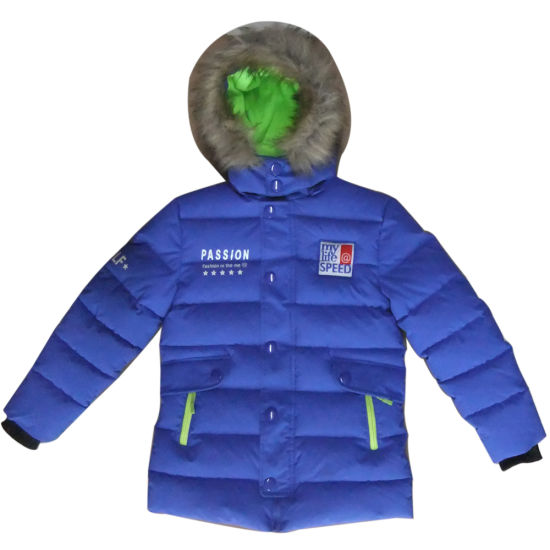
Temperature Ratings
Down jackets can also be rated for specific temperature ranges, based on their insulation capabilities. For instance, some jackets are designed for mild winter conditions, while others are engineered for extreme cold. Always look for temperature ratings or recommendations, especially if you plan on engaging in outdoor activities in frigid environments.
Care and Considerations
While down jackets are incredibly warm, they do require special care to maintain their insulation properties. Washing and drying down jackets must be done carefully to avoid damaging the down clusters. Using a front-loading washing machine and a gentle detergent is ideal, and it’s crucial to ensure that the jacket is completely dry after washing to prevent mildew growth.
Additionally, it’s worth noting that down insulation does not perform well when wet. Although many modern down jackets come with water-resistant or waterproof coatings, prolonged exposure to moisture can compromise insulation effectiveness. For wet conditions, some individuals opt for synthetic insulation jackets, which retain their warmth when damp.
Conclusion
In summary, down jackets are an excellent choice for staying warm during winter months. Their lightweight design, warmth-to-weight ratio, and high fill power make them a preferred option for many. However, understanding their care requirements and limitations in wet conditions will ensure that you maximize their benefits. Whether you're commuting to work, hiking in the mountains, or enjoying a winter getaway, a quality down jacket can be a reliable companion to keep you cozy and protected from the cold. With the right care and consideration, a down jacket can provide you with warmth and comfort for many winters to come. When choosing your next winter jacket, consider the scenarios you plan to face and opt for a down jacket if warmth is your primary concern.
